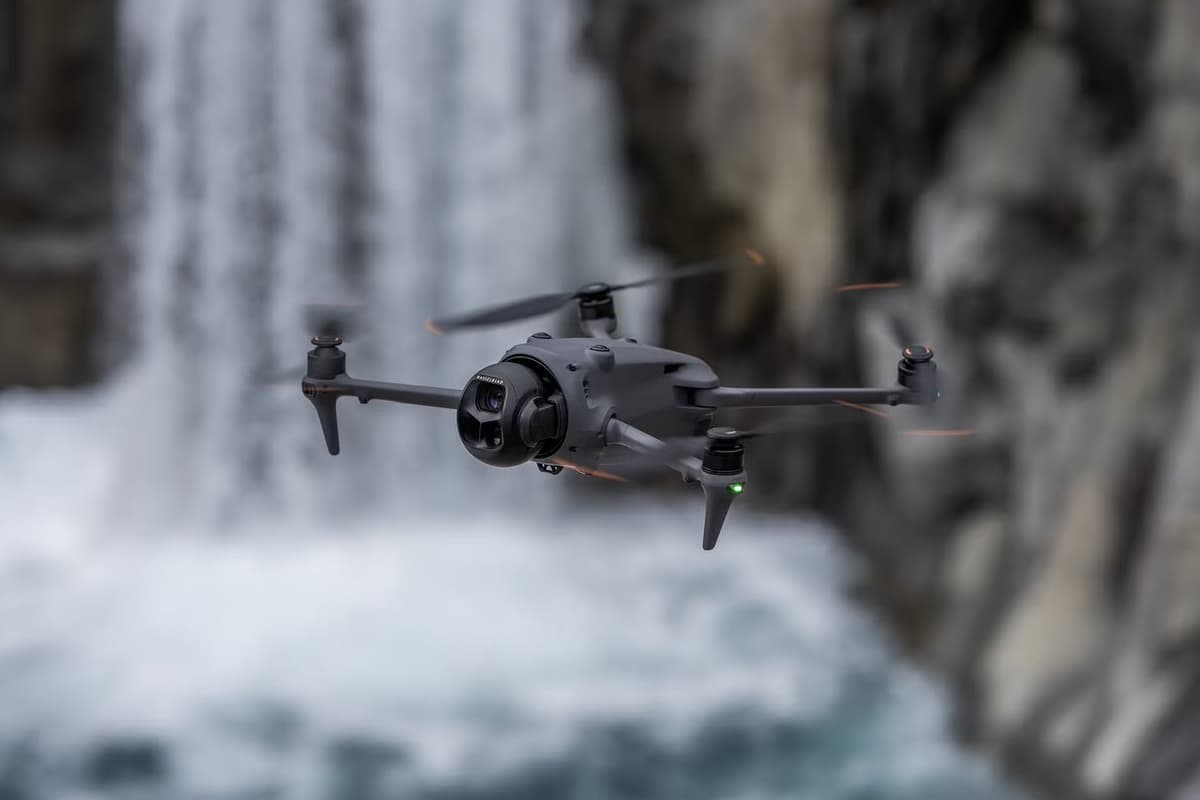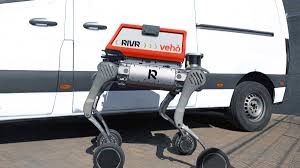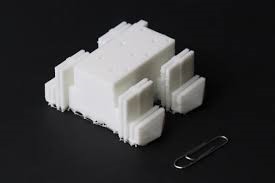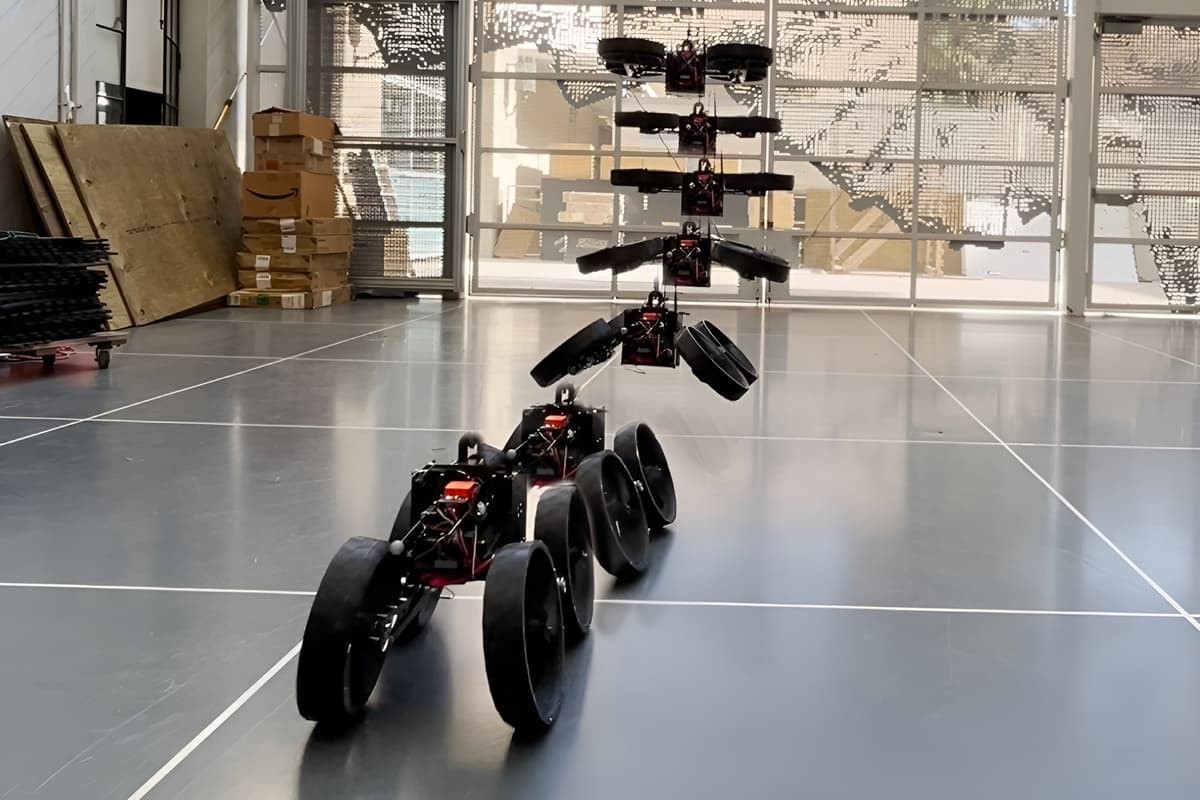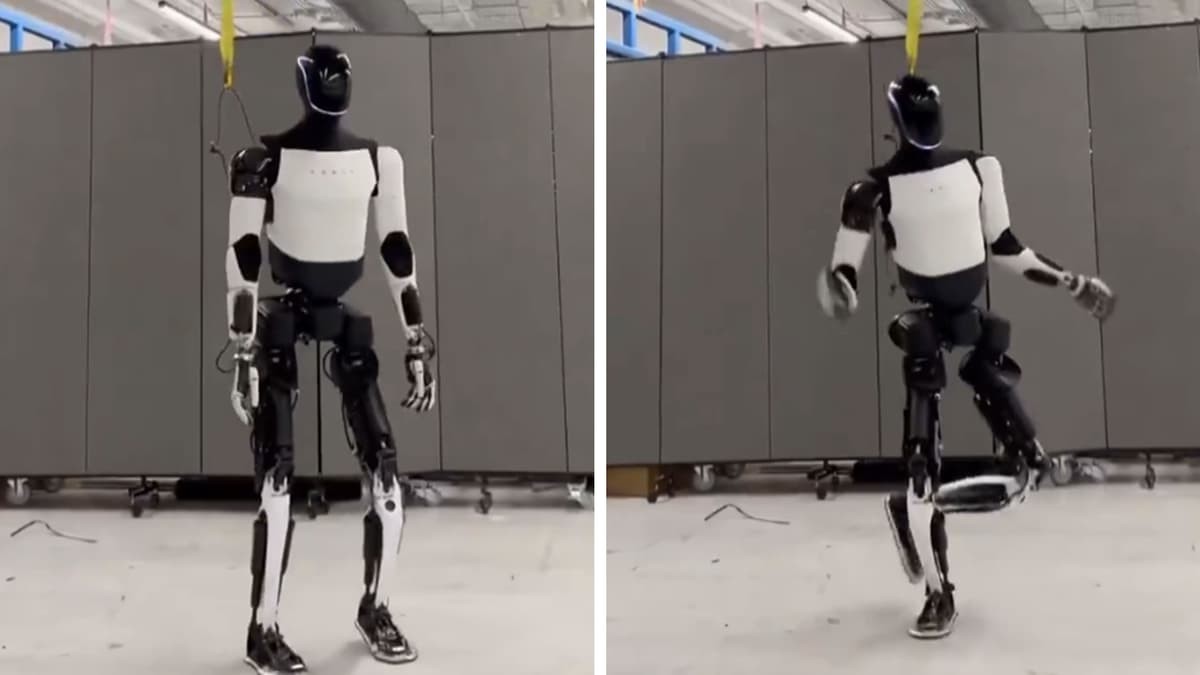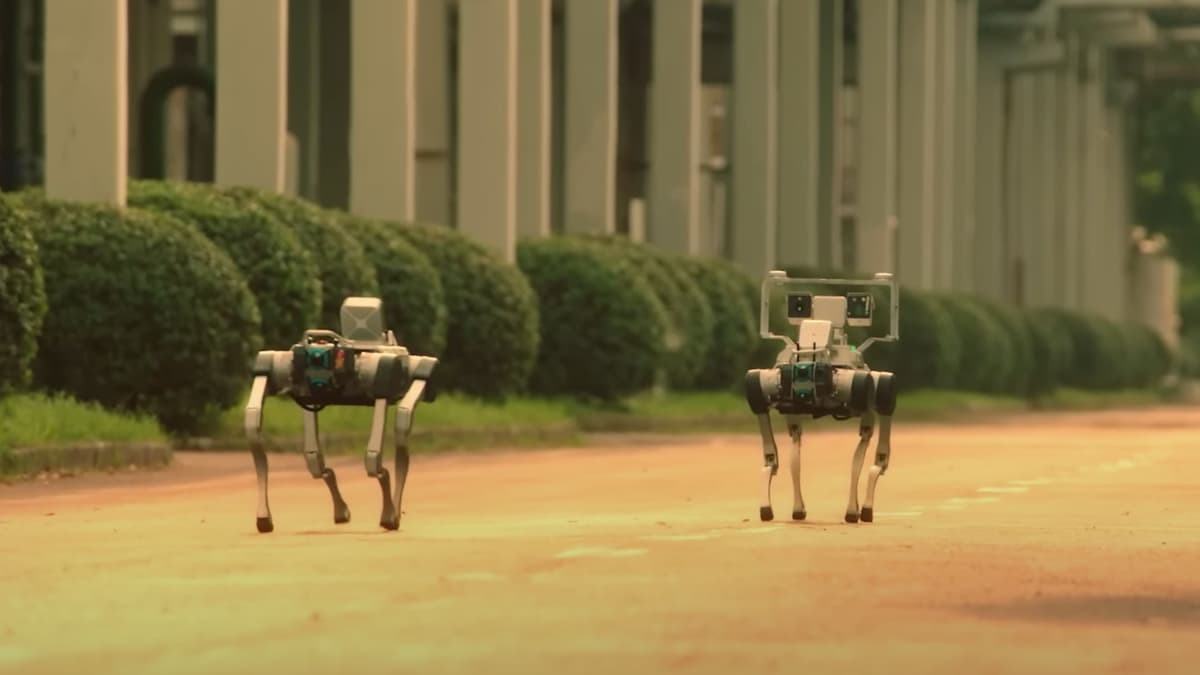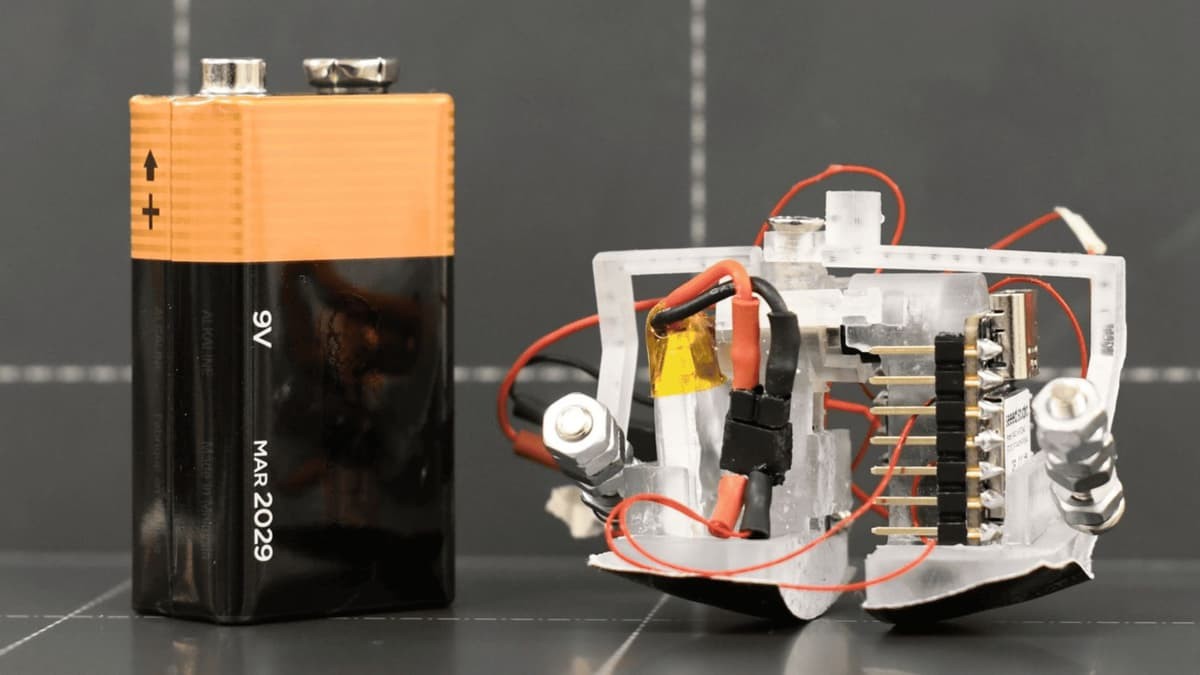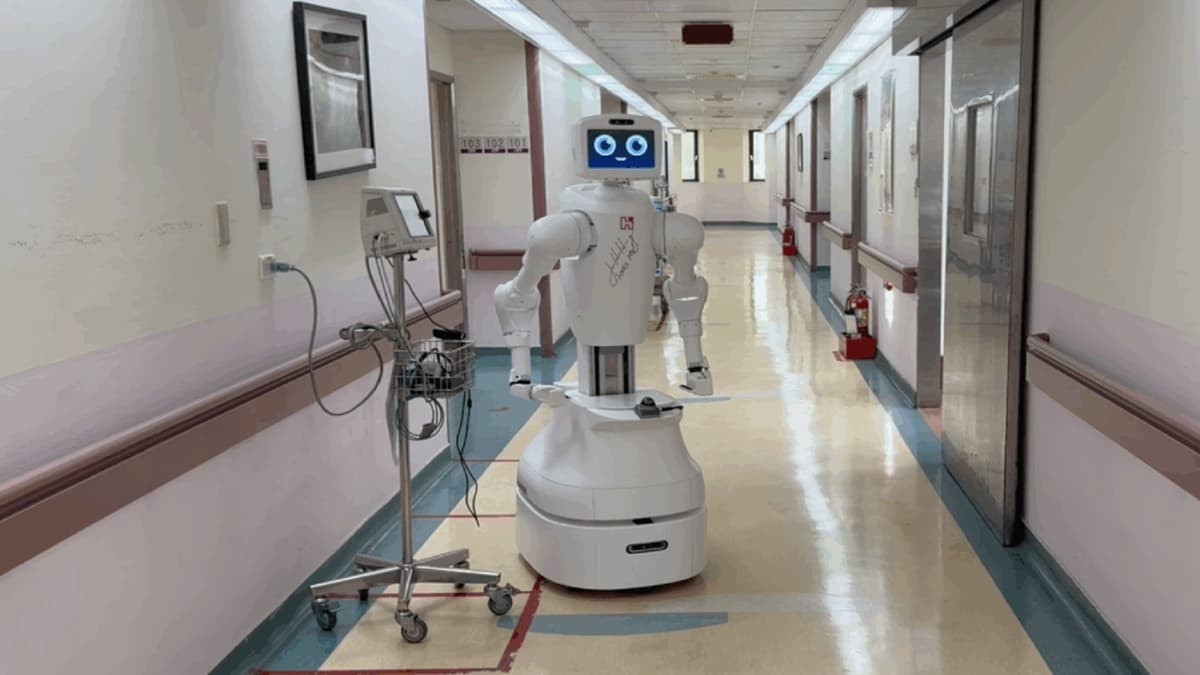Centipede-Like Robots Offer a More Affordable Solution for Weed Control in Vineyards and Blueberry Farms
Inspired by the elongated, flexible movement of centipedes, Atlanta-based startup Ground Control Robotics (GCR) has engineered a robot specifically for navigating rugged farm terrain.
The robot features a modular design: a sensor-equipped head leads a series of identical segments connected by cables. Each segment contains motors that control its legs, giving the robot both flexibility and mobility. While the robot technically has many degrees of freedom, its movement relies on relatively simple control strategies.
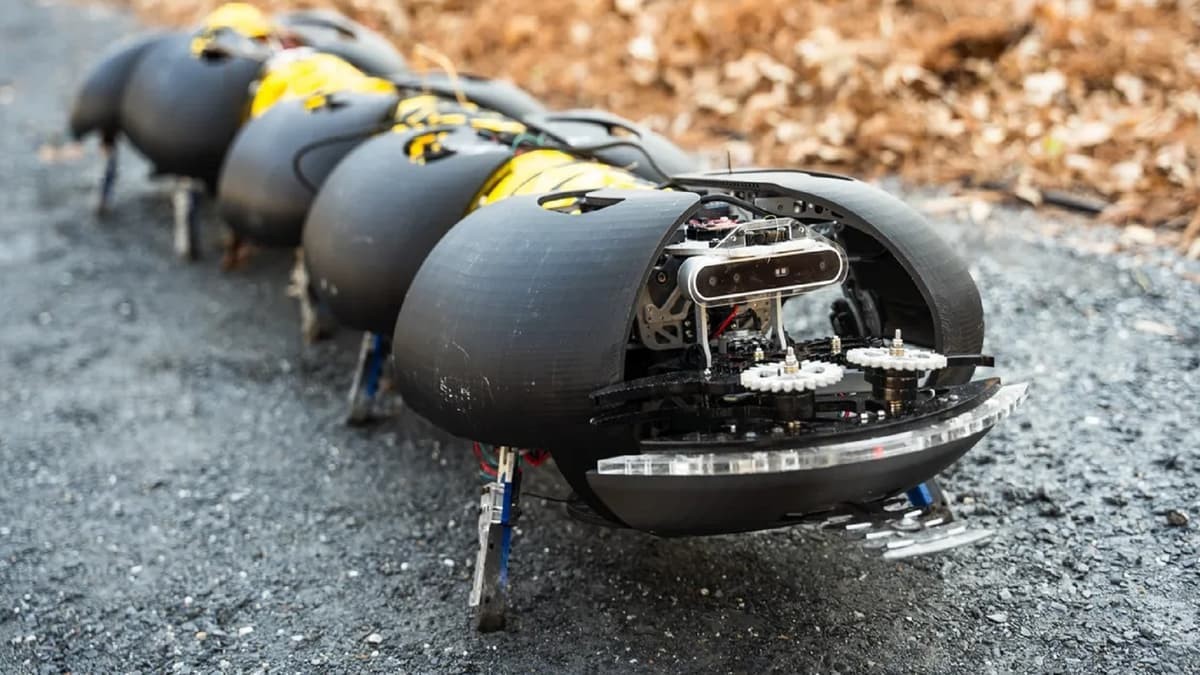
Figure 1. The initial focus is on automating weed control and crop monitoring in perennial.
“Centipede robots, like snake robots, move much like swimmers,” said Daniel Goldman, director of the Complex Rheology and Biomechanics (CRAB) Lab at Georgia Tech, in an interview with IEEE Spectrum. Figure 1 shows the initial focus is on automating weed control and crop monitoring in perennial.
A Leg Up in Agriculture
Equipped with legs, the robot can traverse a broader range of environments than limbless designs. Its cable-driven limbs mimic the thrust of real arthropods, allowing it to “swim” across uneven terrain without getting stuck or damaging crops. The robot maintains stable movement by precisely coordinating the raising and lowering of its legs.
“We designed a new mechanism that transmits motion from the centerline of the robot to the sides using cables,” Goldman explained. “When tuned right, the robot shifts from rigid to flexible in one direction—and that’s when it glides through complex ground as if it’s swimming, without any onboard computing.”Unlike bulkier traditional machines, these lightweight, legged robots can maneuver through tight, tangled spaces with ease.
A Cost-Effective Solution
GCR is initially targeting weed control and crop monitoring in perennial farms—areas where traditional equipment struggles due to narrow rows or dense growth. Manual weeding in such fields can cost farmers hundreds to thousands of dollars per acre, and ongoing labor shortages only add to the challenge.
Currently, no automated systems are designed to handle weed control for crops like grapes, blueberries, or strawberries. GCR sees their robotic centipede as a breakthrough alternative.
“Our goal is to get as close to the crops as possible,” Goldman said. “We don’t want large, heavy machines trampling the fields.”
Compared to conventional agricultural robots, GCR’s solution is expected to be much more affordable, with costs projected in the low thousands [1]. This cost-efficiency is made possible by inexpensive modular legs and a reliance on mechanical rather than digital intelligence, reducing the need for advanced sensors or computing.The company envisions deploying autonomous swarms of these robots capable of working around the clock.
Toward Full Autonomy
Initially, the robots will be used for scouting and monitoring tasks, offering immediate value to farmers. In future iterations, GCR plans to add active weed removal features, such as grippers or even laser-based tools, creating a scalable and low-cost solution for precision farming.The robot can already deliver herbicide directly to weeds and even remove them mechanically.
GCR is currently partnering with a blueberry farm and a vineyard in Georgia to pilot the technology. These trials will help fine-tune the robot’s sensing and navigation systems before a wider rollout.
Beyond agriculture, the company is also looking into broader applications such as disaster relief and military use. As Goldman noted, adapting to different environments may require reconfiguring the limbs—or enabling them to retract—depending on specific operational needs.
Reference
- https://interestingengineering.com/innovation/centipede-inspired-bot-kill-farm-weeds
Cite this article:
Keerthana S (2025), Centipede-Like Robots Offer a More Affordable Solution for Weed Control in Vineyards and Blueberry Farms, AnaTechMaz, pp.191



